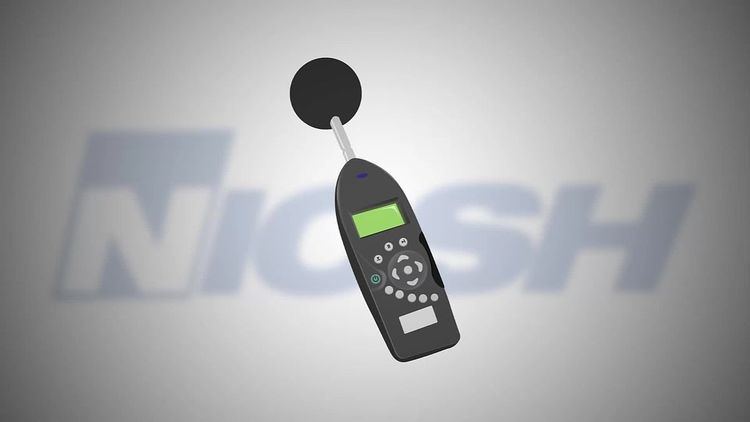 | ||
A chemical hazard is a type of occupational hazard caused by exposure to chemicals in the workplace. Exposure to chemicals in the workplace can cause acute or long-term detrimental health effects. There are many types of hazardous chemicals, including neurotoxins, immune agents, dermatologic agents, carcinogens, reproductive toxins, systemic toxins, asthmagens, pneumoconiotic agents, and sensitizers. These hazards can cause physical and/or health risks. Depending on chemical, the hazards involved may be varied, thus it is important to know and apply the PPE especially during the lab.
Contents
Types of hazards
- Liquids such as acids, solvents especially if they do not have a label
- vapors and fumes
- flammable materials
Chemicals can change the physical state depending on temperature or pressure. Thus is it important to identify the health risks as these states can determine the potential route the chemical will take. For example, gas state chemicals will be inhaled or liquid state chemicals can be absorbed by the skin.
Routes of exposure
Symbols
Hazard pictographs are a type of labeling system that alerts individuals efficiently at a quick glance if there are hazardous chemicals present. The symbols help identify if the chemicals that are going to be in use may potentially cause physical harm or hard to the environment. The symbols are distinctive as they are shaped like a diamond with red borders. These signs can be divided into:
- Explosive (exploding bomb)
- Flammable (flame)
- Oxidizing (flame above a circle)
- Corrosive (corrosion of table and hand)
- Acute Toxicity (skull and crossbones)
- Hazardous to environment (dead tree and fish)
- Health Hazard/ Hazardous to the ozone layer (Exclamation mark)
- Serious Health Hazard (Cross on a human silhouette)
- Gas Under Pressure (Gas cylinder)
These pictographs are also subdivided into class and categories for each classification. The assignments for each chemical depends on their type and their severity.
First aid
In case of emergency, it is recommended to understand the first aid procedures in order to minimize any damages. The different types of chemicals will cause a variety of damages but the majority of sources recommend that it is best to rinse any contacted skin or eye with water for at least 15 – 20 minutes. Currently, there is insufficient evidence of how long the rinsing should be done as the degree of impacts will vary for substances such as corrosive chemicals. However, the recommended flush time is as follows:
- 5 minutes - non to mild irritants
- 15 – 20 minutes - moderate to severe irritants and chemical that cause acute toxicity
- 30 minutes - most corrosives
- 60 minutes - strong alkalis such as sodium, potassium or calcium hydroxide
immediately flush the affected area. Additionally, transporting the affected person to a health care facility is important depending on the victim's condition. In the case that the victim needs to be transported before the recommended flush time, then flushing should be done during the transportation process. It is to note that some chemical manufacturers may state the specific type of cleansing agent that is recommended.
